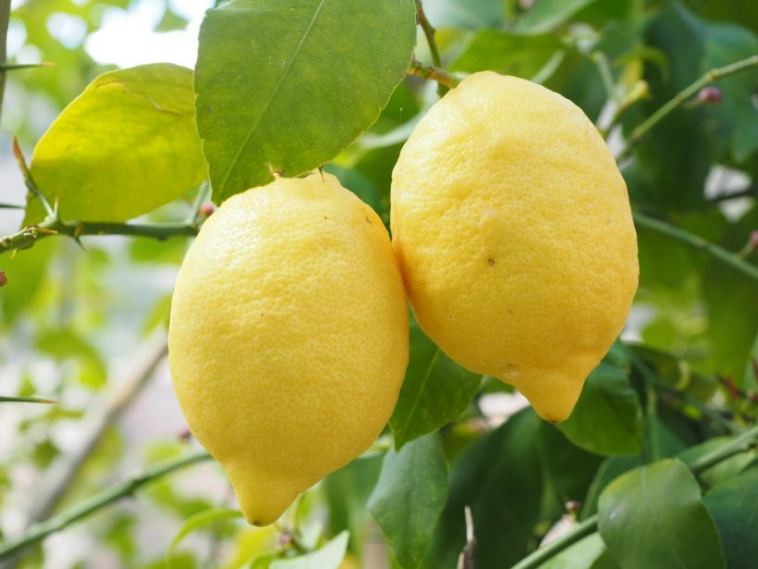- Like
- SHARE
- Digg
- Del
- Tumblr
- VKontakte
- Flattr
- Buffer
- Love This
- Save
- Odnoklassniki
- Meneame
- Blogger
- Amazon
- Yahoo Mail
- Gmail
- AOL
- Newsvine
- HackerNews
- Evernote
- MySpace
- Mail.ru
- Viadeo
- Line
- Comments
- Yummly
- SMS
- Viber
- Telegram
- JOIN
- Skype
- Facebook Messenger
- Kakao
- LiveJournal
- Yammer
- Edgar
- Fintel
- Mix
- Instapaper
- Copy Link
Introduction
By Meg Thompson
I recently came into a lot of lemons. Our neighbors and a work colleague offloaded their goodness onto me, and I am so grateful!
There was no way my normal lemon usage (which is quite high) would get through these babies while still at their peak, so preserving was decided. If you have never made preserved lemons before, put it on your ‘must do’ list right now!! Not only is it fun, but you will be left with one of THE best condiments that adds much more than flavour to your food.
Preserving and fermenting food in this way encourages the proliferation of good bacteria, which then go crazy producing vitamins, enzymes, breaking down phytic acid and proteins, and helping us to digest properly. Eating this good bacteria also helps to maintain a healthy gut and digestive system.
And the best thing is you can sneak them into almost anything! Slice them finely and add to sauteed vegetables and stir frys, braises and sauces. Mix through dips or tepenades, rice and couscous dishes, salad dressings, sorbets, curries, and of course anything Moroccan. Hummus on a cracker? Nice. Add a fine slice of preserved lemon – TASTE EXPLOSION! You get the idea.
Check out this recipe for Israeli Couscous with Roasted Butternut Squash and Preserved Lemon. Note that as there is quite a bit of salt used in the making, anything you add them to will take this on also, so tone down any other salt in the dish.
Preserved Lemons
5 lemons – organic or home grown please as you are eating the skin
3 tablespoons-ish of good quality sea salt – not table salt
Extra lemons for extra juice
A cinnamon stick (optional)
A bay leaf (optional)
A sprinkle of coriander seeds (optional)
Wash the lemons, cut the end tips off, and slice into quarters. Sprinkle each quarter liberally with salt and add to a wide mouthed glass jar, squashing the lemons together as much as you can.
Continue sprinkling, adding salt, and squashing the lemons until you have filled the jar to about 3cm before the top. Squash in the bay leaf, cinnamon stick and coriander seeds in between layers if you are using them.
I rarely measure the amount of salt, and just keep sprinkling liberally throughout the process – it’s not an exact science. Push the lemons down so that they are submerged in the salty juice. You may need to add extra lemon juice at this point.
Cover the jar tightly and let sit at room temperature for 2-3 weeks. It is wonderful to lovingly check on your lemons each day, seeing how much juice they are giving off, making sure they are covered and happy.
Sometimes you may find a little bloom of mold forming on the surface. Don’t worry about this, it will not harm you and is just a result of the contact with the air. Skim off what you can, the lemons will be under the anaerobic protection of the lemony ‘brine’.
Finally, transfer your lemons to the fridge, they will keep for up to 6 months here. To use, you can rinse off the excess salt if you like, and go forth and add to all your favorite dishes.


